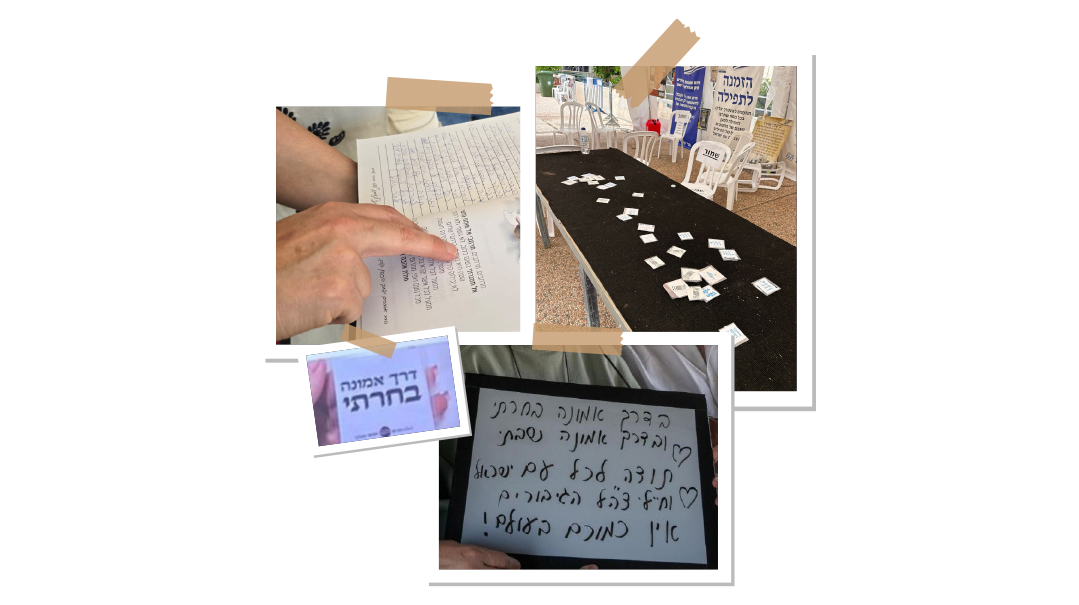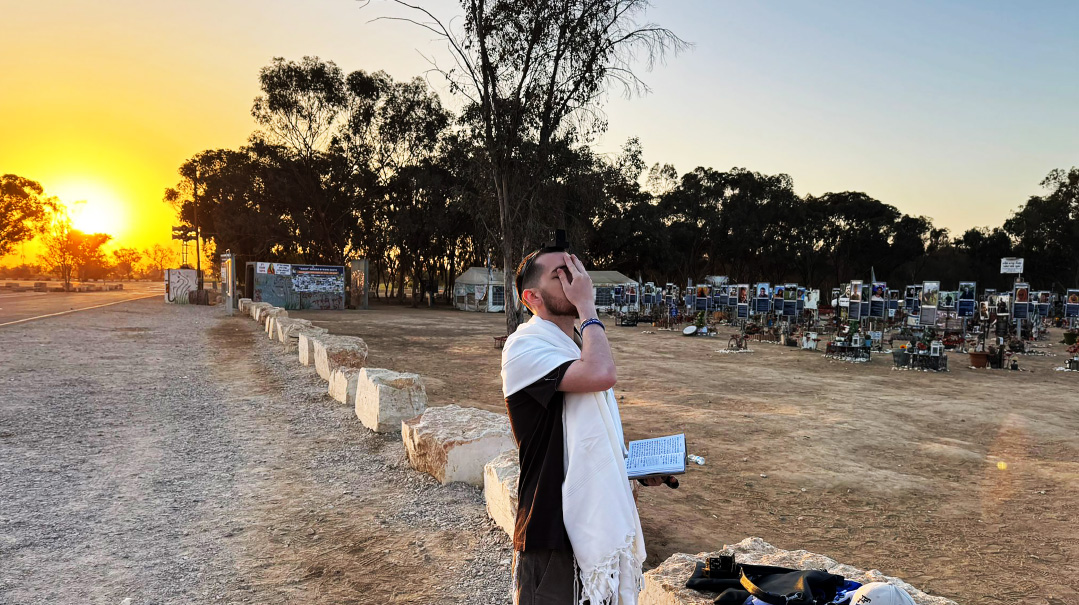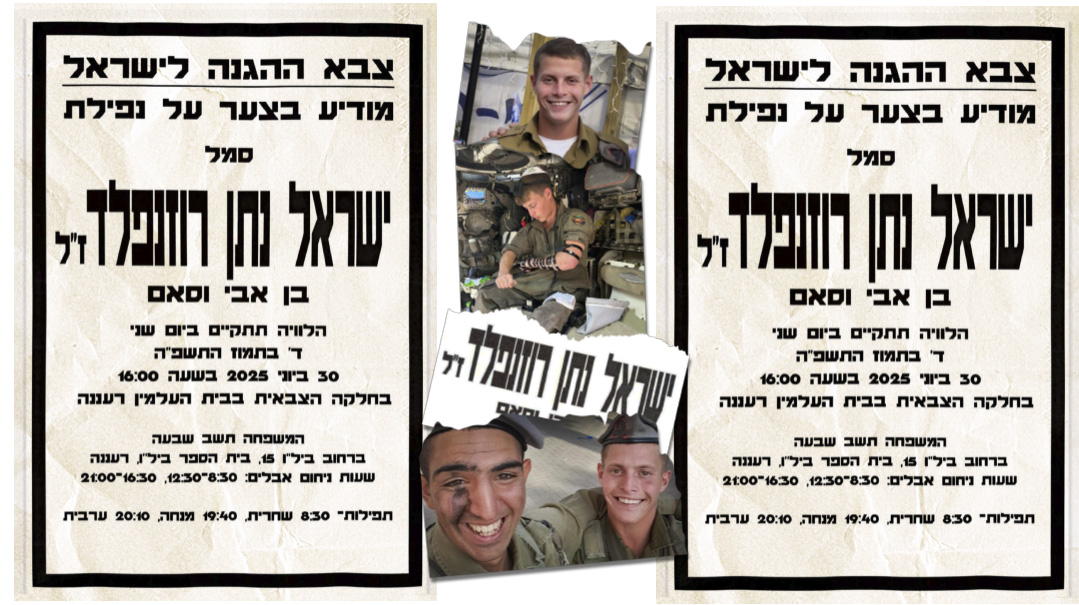Path of Faith
| February 4, 2025Over 482 days, mother and daughter traveled parallel journeys of faith

IN
just a few days, the photo has become iconic: Agam Berger, newly freed from her nightmarish captivity in Gaza, sandwiched between her beaming parents in the helicopter that would bring her to an Israeli hospital, holding up a whiteboard with a message for her nation: B’derech emunah bacharti, u’b’derech emunah shavti. I chose a path of faith, and I returned via a path of faith.
It’s a pasuk that Agam says guided her through 482 long days of captivity — and the same words that from across the border, her mother, Merav, used to campaign for her daughter’s freedom.
“Merav and Agam Berger are a mother and daughter who traveled a parallel journey from two entirely different places, Gaza and Israel,” says Riki Siton.
Riki, a volunteer with the Ayelet Hashachar kiruv initiative, has become a close confidante to many hostage mothers through her involvement in the “Ohel Tefillah” at Hostage Square. (See Family First, Issue 903, “Our Woman at the Hostage Headquarters.”) Over the past year, Riki cultivated a close relationship with Merav, and spoke with her daily.
“The story really starts with Merav, Agam’s mother,” Riki begins. “Three months before Agam was taken hostage, Merav lost her own mother. The Berger family is traditional, but not strictly observant, and as a way to help cope with the pain of her loss, Merav decided to start keeping Shabbos. She didn’t expect the rest of her family to join her, it was more a solo initiative to mitigate her grief.”
And then, on October 7, everything changed. Agam was abducted. For the first three months after she was taken hostage, Merav was in such anguish she hardly left home, and she certainly didn’t join the other families at Hostage Square. But then another hostage mother approached Merav and asked if she’d be interested in participating in some of the initiatives at the Ohel Tefillah, like hafrashas challah, Tehillim, and the like. Merav agreed.
“From then on,” Riki says, “not a day goes by that Merav doesn’t take part in something. She’s become a prominent, outspoken voice among the hostage families, a very well-known figure in the movement who preaches emunah, achdus, and mitzvos. That first tentative step she took really propelled her forward, and her journey in mitzvah observance grew in tandem, along with that of her family. While strengthening others toward greater commitment to mitzvos, she became much stronger herself.”
Oops! We could not locate your form.







